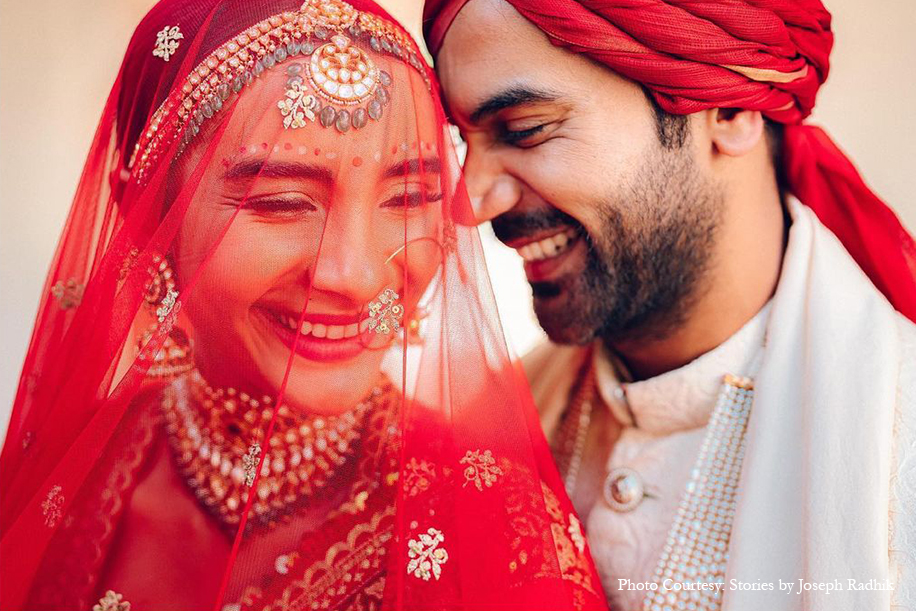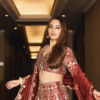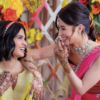Weddings have always been a canvas for the dreams and aspirations of couples venturing on a lifelong journey together. They serve as both a deeply personal milestone and a cultural spectacle, a blend of tradition and innovation, elegance and emotion. Over the years, weddings have transcended their conventional role as mere ceremonies and have evolved into immersive experiences that reflect the unique identities of the bride and groom. From grand celebrations hosted by royalty to intimate gatherings celebrated in secret, weddings have a way of capturing the imagination of all who attend or hear about them.
At the heart of every wedding lies an unspoken code of etiquette that governs the behaviour, expectations, and roles of everyone involved. Etiquette is what keeps the experience harmonious, ensuring that both the couple and their guests can focus on celebrating love without unnecessary stress or faux pas. However, as society changes, so do the rules of engagement—quite literally. Today’s couples are navigating a landscape that is as much about individual expression as it is about honouring long-standing traditions. With this evolution comes a shift in expectations, as old practices give way to new trends and priorities.
In an age defined by technology, sustainability, and inclusivity, the dos and don’ts of wedding planning are no longer confined to a single rulebook. Social media has amplified the stakes, making every decision—from the guest list to the decor—a potential topic of conversation and admiration. Couples now face the challenge of balancing the desire for a picture-perfect celebration with the need for authenticity and meaningful connections. And yet, no matter how extravagant or minimal the celebration, the essence of a wedding remains timeless: a gathering of loved ones to witness and honour the union of two people.
This evolving etiquette is not just a matter of preference but a reflection of broader societal shifts. The focus on personalisation, inclusivity, and sustainability mirrors the values of a generation striving to create celebrations that resonate on a deeper level. At the same time, the departure from rigid formalities reflects a growing desire for freedom and creativity. With this context in mind, let us explore how wedding etiquette has transformed over time, offering insights into what’s trending and what’s becoming a thing of the past.
What’s in
Digital invitations and save-the-dates
E-invites are not only environmentally friendly but also efficient. Platforms like Paperless Post and Greenvelope allow couples to create elegant and customisable designs. Digital RSVPs streamline the process, making it easier for guests and couples alike.
Personalised guest experiences
Gone are the days of cookie-cutter celebrations. Today’s weddings prioritise personalisation, whether it’s custom cocktails named after the couple’s pets, curated playlists, or bespoke welcome gifts tailored to each guest’s preferences.
Inclusive traditions
From gender-neutral wedding parties to ceremonies blending multiple cultural practices, inclusivity is key. Couples are embracing the chance to celebrate their unique identities and communities.
Micro weddings and elopement
Small, intimate ceremonies are here to stay. Micro weddings offer a chance to splurge on luxury details without breaking the bank, while elopements are being elevated with stunning destinations and professional photography.
Sustainable practices
Eco-friendly weddings are more popular than ever. Think locally sourced flowers, reusable decor, plant-based menus, and ethical fashion choices. Sustainability is no longer a niche consideration but a significant trend shaping modern weddings.
What’s out
Excessive formality
While elegance remains a hallmark of weddings, rigid formalities like black-tie dress codes and overly structured timelines are fading. Couples are opting for a more relaxed vibe, encouraging guests to be comfortable and focus on enjoying the day.
Wedding favours nobody uses
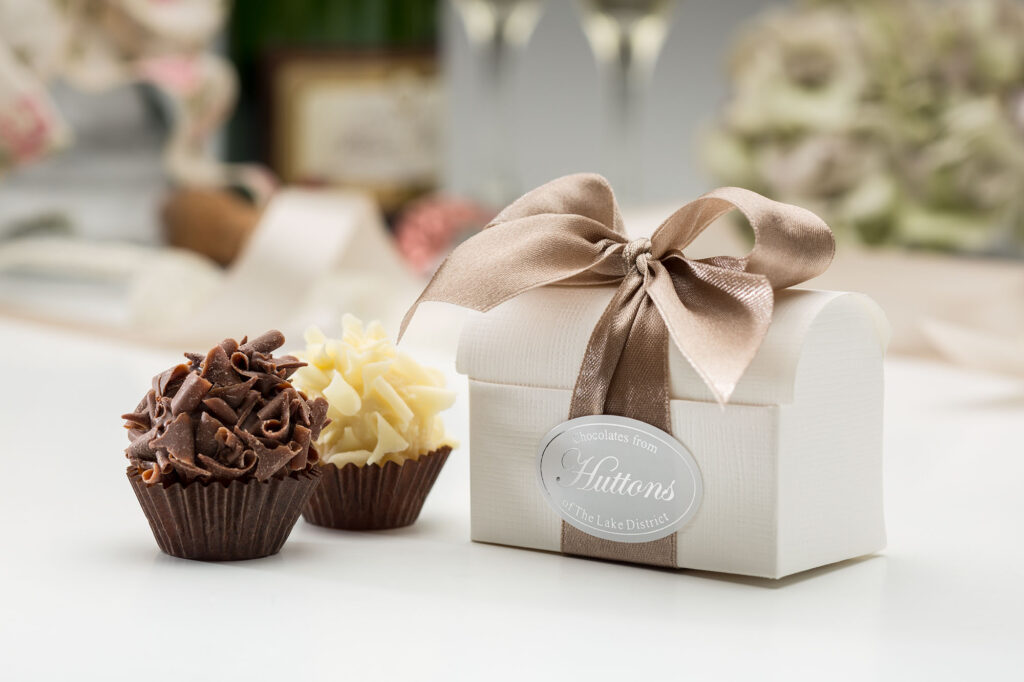
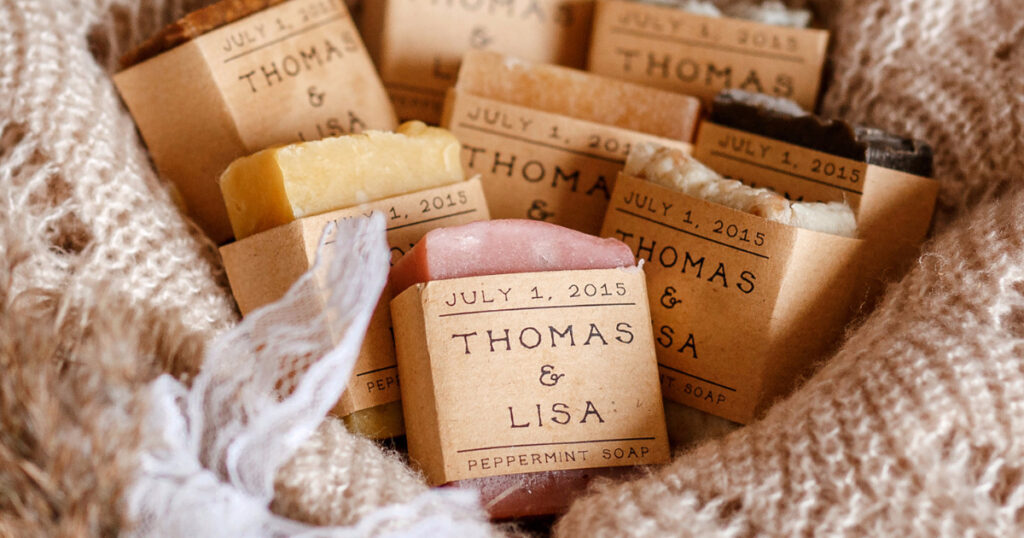
Plastic trinkets and forgettable favours have fallen out of favour. Practical, edible, or donation-based alternatives are replacing them—think artisanal chocolates or a contribution to a meaningful cause in the guests’ names.
Oversized bridal parties
Streamlined wedding parties are the new norm. Smaller groups make planning easier and reduce logistical headaches, while also keeping the focus on the couple.
Gender-specific roles
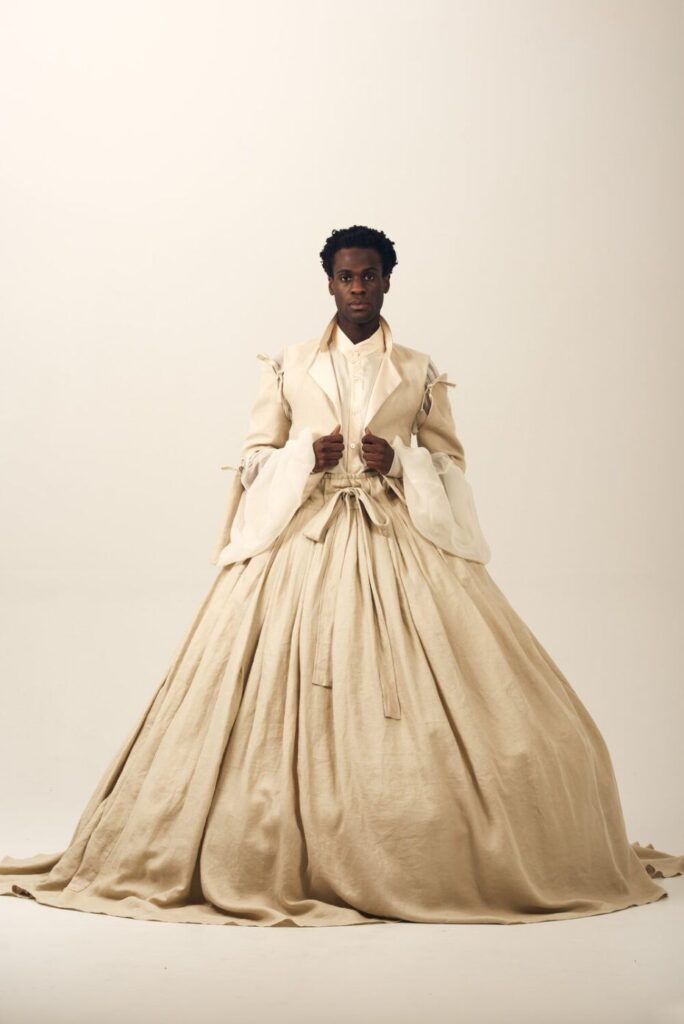

Traditional roles like “groomsmen” and “bridesmaids” are being reimagined. Wedding parties now include mixed-gender groups and personalised titles, allowing loved ones to stand by the couple without outdated conventions.
Over-the-top cake-cutting ceremonies
While wedding cakes remain popular, the theatrics of elaborate cake-cutting ceremonies are taking a backseat. Many couples now skip this tradition or replace it with alternatives like dessert bars or smaller cutting cakes.
What’s hot
Statement florals
Bold, sculptural floral installations are trending, transforming venues into magical spaces. From cascading greenery to floral walls, flowers are being used in artistic and unexpected ways.
Weekday weddings
With venues and vendors booking up quickly, weekday weddings are gaining traction. They’re often more affordable and can feel intimate and special, especially for close-knit gatherings.
Destination-inspired themes
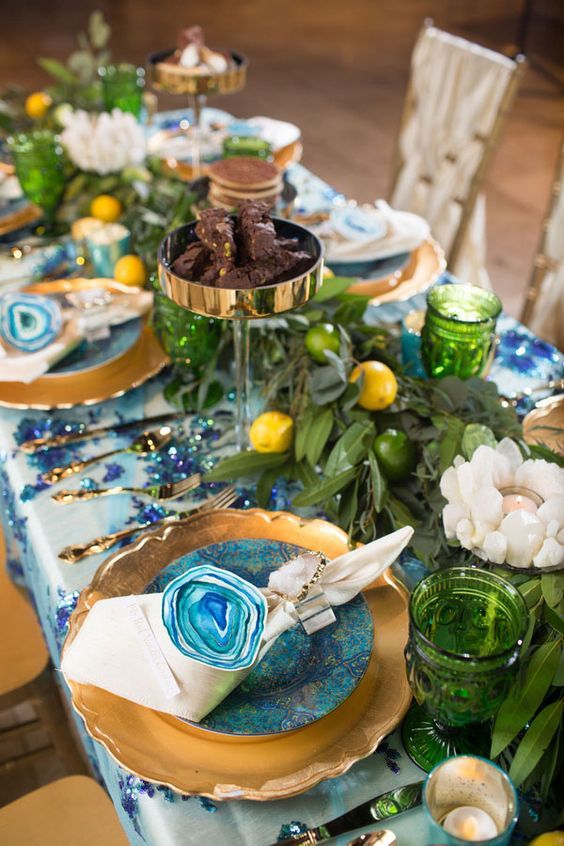
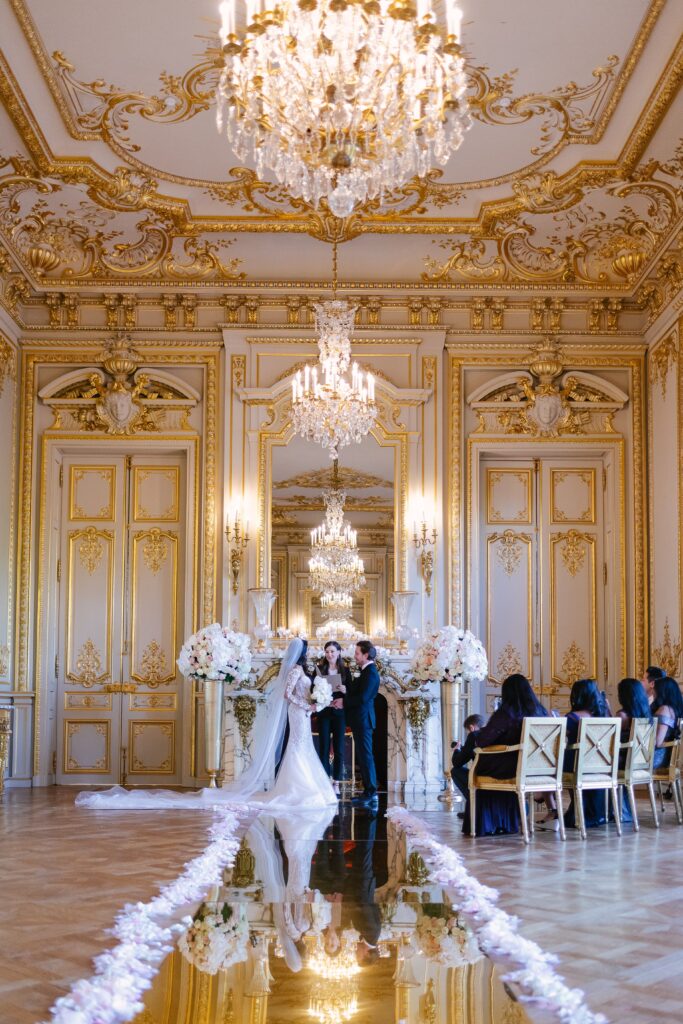
Couples are drawing inspiration from their favourite destinations, even if travel isn’t part of the plan. Think Mediterranean table settings, tropical cocktails, or Parisian chic decor.
Interactive food and drink stations
Customisable food and beverage experiences, like build-your-own taco bars or cocktail stations with mixologists, are a hit. Guests love the interactive element and the chance to tailor options to their tastes.
Live entertainment
From live bands and dancers to magicians and caricature artists. Interactive entertainment captivates guests and adds an element of surprise.
What’s not
Overstuffed schedules
Overpacked itineraries that leave guests running from one activity to the next are a no-go. Couples are learning to prioritise quality over quantity, focusing on meaningful moments rather than cramming in too much.
DIY overload
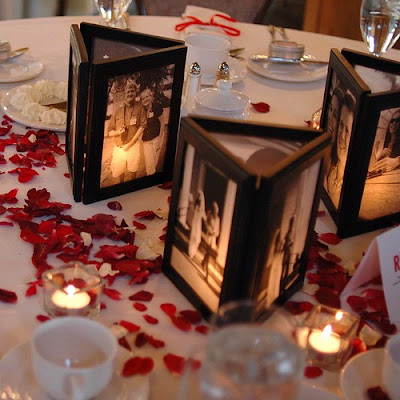
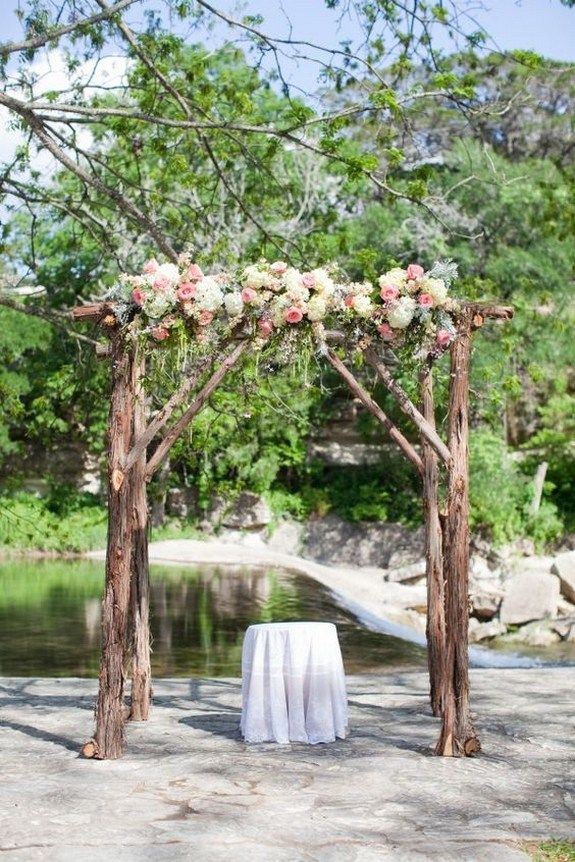
While DIY can add a personal touch, too much of it can become overwhelming. Couples are learning to delegate tasks to professionals or streamline their plans to avoid burnout.
Obsessive social media sharing
Couples are increasingly requesting unplugged ceremonies or limiting social media sharing to preserve the sanctity of their day. Guests are encouraged to be present and enjoy the moment rather than documenting it for their feeds.
Matchy-matchy decor
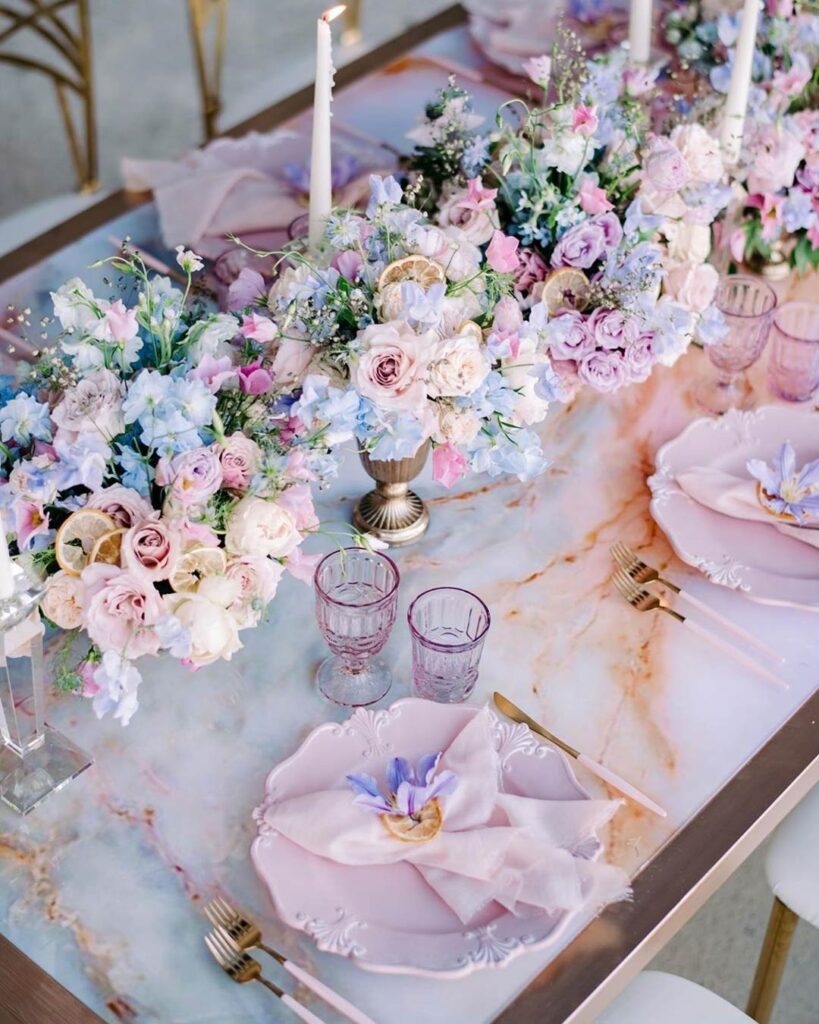
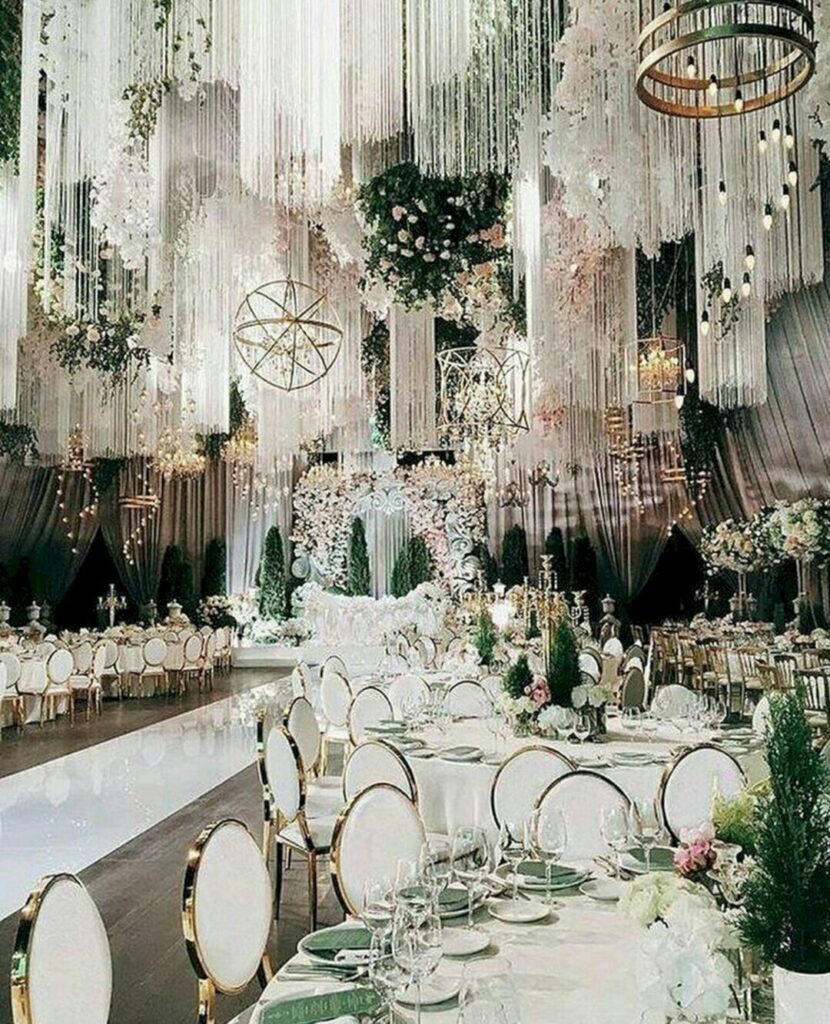
Perfectly coordinated, overly styled weddings are giving way to eclectic, layered designs that feel warm and natural. Mixing textures, colours, and patterns creates a more lived-in and personal aesthetic.
Traditional seating plans
Assigned seating is being reimagined, with many couples opting for free-seating arrangements or a mix of lounge furniture and dining tables to encourage mingling.
Weddings are a celebration of love, unity, and the promise of a shared future. While trends and etiquette may shift with time, the essence of a wedding remains rooted in the joy of coming together to honour a couple’s commitment. By blending timeless values with contemporary sensibilities, today’s weddings reflect the individuality and creativity of the people at their centre. Ultimately, the best etiquette is one that prioritises kindness, thoughtfulness, and authenticity. Whether it’s a grand affair or an intimate gathering, the magic of a wedding lies in the memories created and the love celebrated—both of which will never go out of style.



